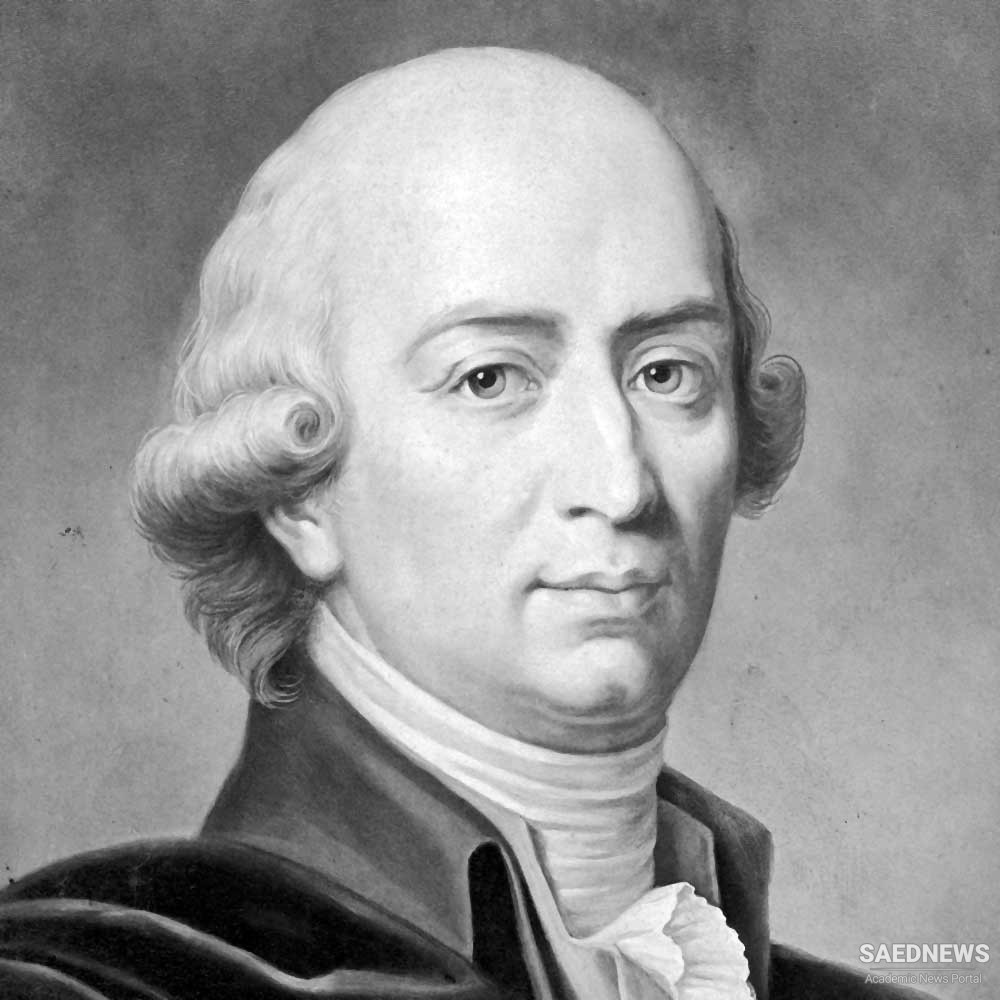He approved of being broad-minded about the varieties of human experience, but this type of tolerance often took a back seat to growing pseudo-scientific theories that graded the human species into unequal races, with white Europeans on top. And it even came up against the steady rise of nationalists. They saw local folklore as a core of nation-state bonding in a highly competitive struggle for power and resources. It was an age of continental wars, revolutions, and colonial expansion. Herder extolled the particularity of German national identity, and indeed, Hegel’s word Volksgeist (1801), the “spirit of the folk,” could serve as a sign of people’s everyday cohesion or as a rallying-cry for passionate patriotism.
The intelligentsia quickly realized that folk music could help shape society in their own image. Smaller nations, often subordinated to stronger states, leveraged their identity through folklore, including music, dress, vernacular architecture, holidays, food, and, above all, language. The Finns, caught between the powerful Swedes and Russians, were among the first to center their sense of nationhood on oral traditions.
By 1835, one intellectual, Elias Lönnrot, cobbled together surviving scraps of Finnish epic tales to create the national saga, Kalevala. By then, upper-class activists had also composed their own “folk songs” in artful arrangements that trickled down to the folk themselves. Collecting and disseminating folk music has always been a two-way street, featuring back-and-forth, up-and-down circulation between an urbanized intelligentsia and the rural masses who make up the majority population.
At the same time, dominant societies repressed local styles. As mentioned earlier about the “keening” tradition, in Ireland and Wales the authorities banned folk musics and musicians. Queen Elizabeth I even ordered the elimination of Irish harpists in her 1603 order: “hang the harpers, wherever found and destroy their instruments.” Across Europe, local conditions and attitudes varied. In Hungary around 1900, the great composer Béla Bartók’s work of collecting and promoting folk song seemed radical. There, the musical taste of the still-prestigious nobility tended toward sentimental urban melodies worked up by professional Roma musicians. The songs of the unwashed, untrained peasants ranked low until Bartók’s international compositional success opened people’s eyes and ears.
In the United States, folk music defi nition split along the racial lines of the 1800s. For Americans, indigenous peoples took the place of European “primitive,” their “savagery” eventually tinged with sentimentality as the tribes were pacifi ed and thus “doomed to vanish.” The quest for Native American folklore became one of the main goals for the new American Folklore Society, defi ned as collecting “the fast-vanishing remains of folklore in America,” with a tilt toward American Indian material. The very fij
rst doctoral dissertation in musicology written by an American on any music research topic was penned by Theodore Baker in 1882 and titled “On the Music of the North American Savages.” Baker had to go to the University of Leipzig in Germany to do his degree work.


 Folk Music in Early Twentieth Century
Folk Music in Early Twentieth Century














































